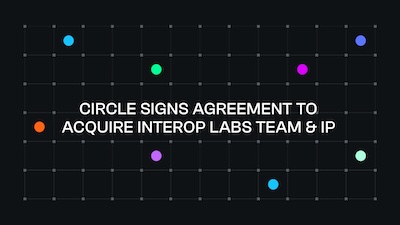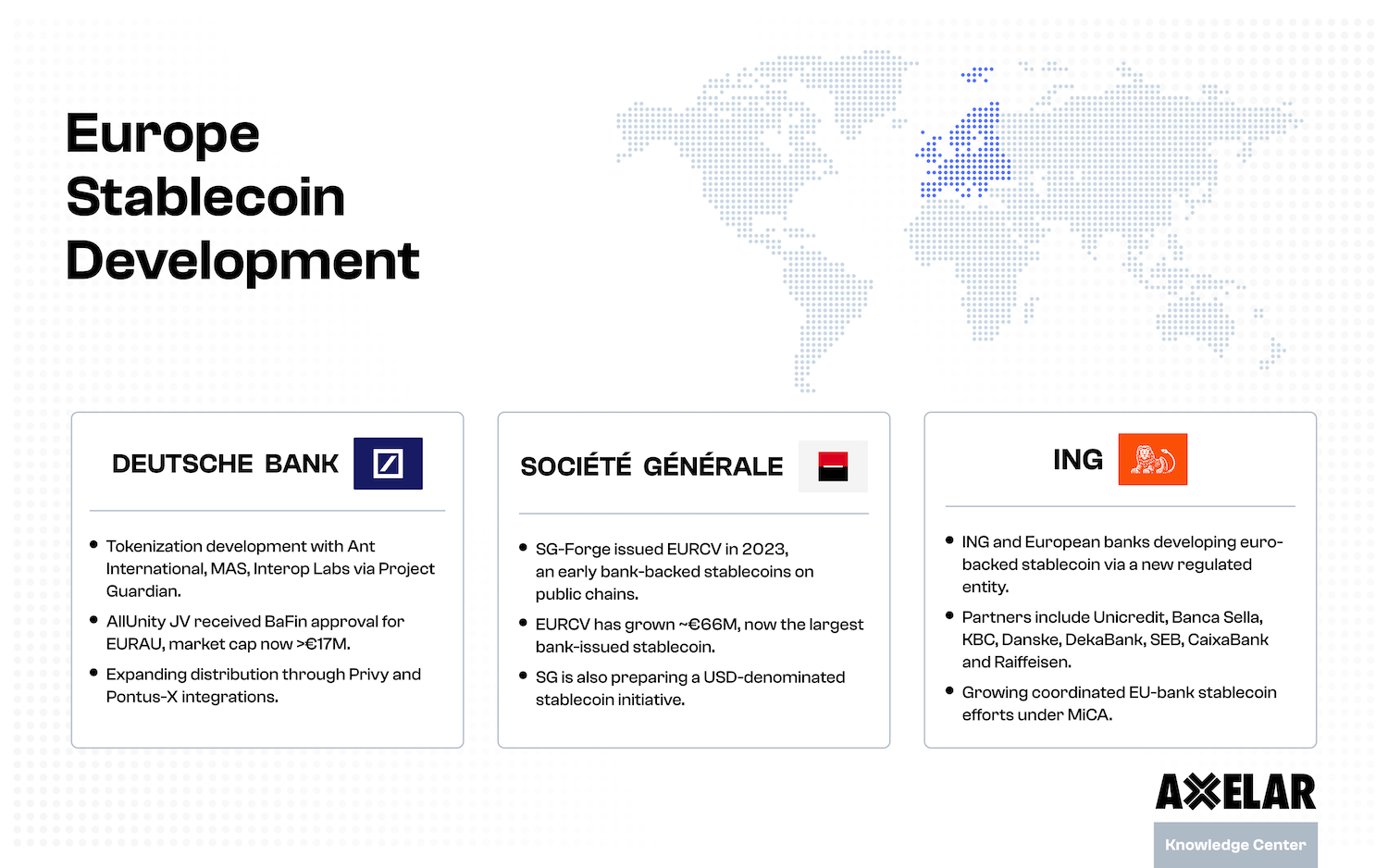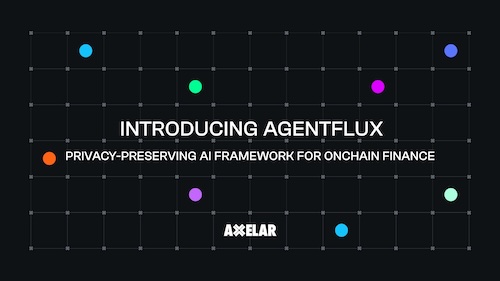Axelar Unveils Native EVM Cross-Chain Asset Transfers
Table of Contents


Axelar just introduced a service that enables interchain dApps to transfer native EVM tokens across chains, without the extra step of wrapping first into an ERC-20 on the source chain before transferring to another chain – or unwrapping after arriving back on the source chain.
For example, a user can transfer ETH from Ethereum to any of Axelar’s connected chains without first converting to WETH. In the reverse, users can send axlWETH from another chain back to their Ethereum wallet to receive native ETH, all in one click. The same service is available for Avalanche (AVAX), BNB Chain (BNB), Fantom (FTM) and Polygon (MATIC). Developers can integrate these functions into their dApps, seamlessly: It's available whenever the dApp generates a deposit address with the Axelar SDK.
How to use native EVM cross-chain asset transfers
There are two ways to use native EVM cross-chain asset transfers on Axelar network. One is for users of Satellite, Axelar's bridging app. The second is for developers and users of dApps connected to the Axelar network, connecting via AxelarJS SDK integration.
1. Satellite
Native EVM cross-chain asset transfers are available in Satellite, simply by selecting the native asset in the dropdown for the EVM source chain, as shown below.

And sending back to receive ETH is just as easy; Satellite gives you the option to receive either `WETH` or `ETH` in your wallet, as shown below.

2. AxelarJS SDK integration
Developers can integrate native EVM cross-chain asset transfers directly into their dApps as well, using the AxelarJS SDK (version 0.12.1+). Implementation docs can be found here. (See examples 3 and 4 for code snippets for wrap/unwrap transactions.)
For example, the code snippet to invoke a “wrap” is as simple as:
And similarly to unwrap:
How does it work?
The native EVM cross-chain asset transfer feature uses Axelar’s Deposit Service, an ancillary infrastructure contract deployed on all supported EVM chains.
For transactions sending native tokens from an EVM chain, a deposit address is generated by the user or dApp that is set up to receive the native tokens, after which the service kicks in to convert (or “wrap”) the tokens into their ERC-20 equivalent before sending to the users’ specified wallets on the destination chain.
For transactions sending tokens back to their native EVM chain, where users receive native tokens in their wallets, the following flow applies. The funds are first sent from the source chain to a “Swap Contract” on the destination chain. Axelar services then kick in to “unwrap” the tokens before delivering native assets to the intended recipient.
Transparency & visibility via Axelarscan
All wrap/unwrap transactions are visible on Axelarscan, Axelar's cross-chain block explorer. Here's an example of an unwrap transaction; here's a wrap transaction.
Other ways to make bridging easier: Axelar gas services
This service is one of many handled by Axelar’s set of supporting services run in the background. Abstracted for the user, these services make the process of bridging smoother by automating steps that can be cumbersome and confusing.
Axelar gas services are another example: this SDK component allows the user to pay gas fees for a cross-chain transaction only once, in the native gas token of the source chain. Instead of having to hold gas tokens on multiple chains, manually paying and executing at each step, Axelar gas services handle conversion into AXL tokens, for paying fees to Axelar validators, and the gas token of the destination chain. Gas services documentation can be found here.
It is possible to run this kind of smart-contract logic on the network, because Axelar is a blockchain that connects blockchains. Similarly, this approach allows Axelar to deliver security using delegated proof of stake (dPoS), an equivalent approach to most of the chains Axelar connects. The AXL token, Axelar’s native staking token, is instrumental — but due to Axelar gas services, it’s not an obstacle to cross-chain adoption: users don’t have to hold it.
Native cross-chain deposits are for developers and users
Like any other service in the Axelar SDK, native asset transfers are available for developers and end users alike. They’re included in the Satellite bridging app, and available for developers building interchain functionality into their own dApps to access, as well.
It’s important to note that services provided by Axelar SDK are permissionless: anyone can build developer tools to provide these services.


